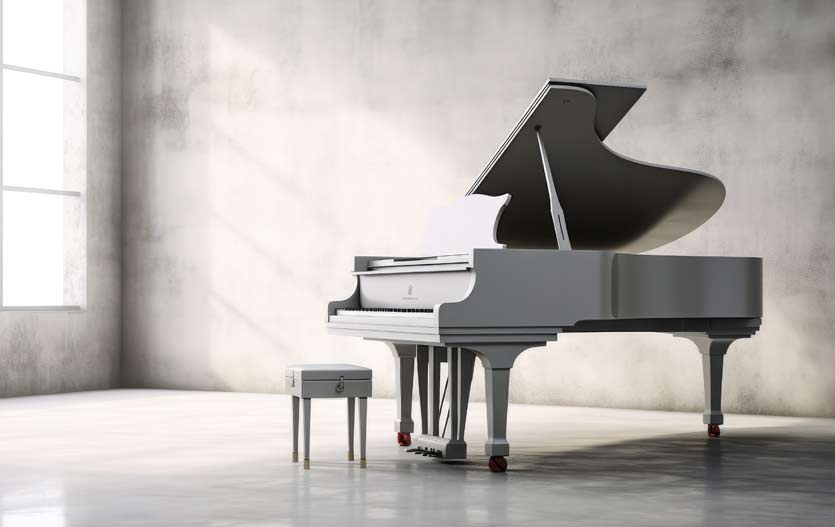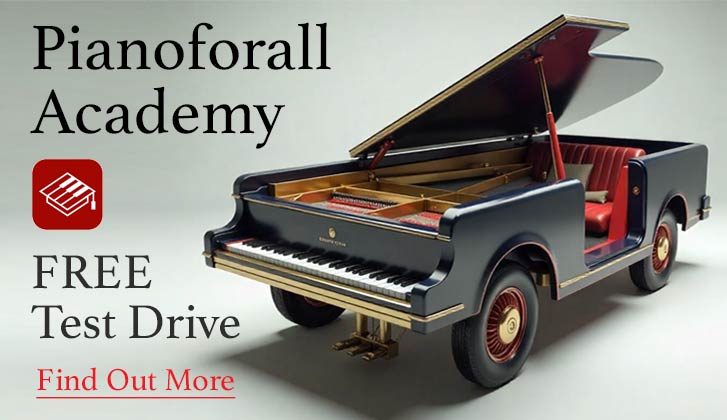On a crisp October day in 1999, the auction room at Christie’s in New York hummed with anticipation.
Lot after lot of Hollywood history passed under the hammer — gowns, jewellery, letters — each carrying whispers of glamour and heartbreak.
Then came Lot 116: a white baby grand piano.
The auctioneer, anticipating a modest $10,000 – $15,000, probably didn’t expect the room to hold its breath quite so tightly.
When the gavel finally fell, the figure was a jaw-dropping $662,500.
The buyer? – singer Mariah Carey.
The reason for the frenzy?
This was no ordinary piano – it had once had been owned, and deeply cherished, by Marilyn Monroe.
A Rare Link To Her Mother
For Marilyn, this piano was more than furniture.
It was one of the few tangible connections she had to her mother, Gladys Pearl Baker.
Born Norma Jeane Baker in 1926, Marilyn’s early life was marked by instability.
Her father’s identity was uncertain. Her mother, Gladys, worked long hours as a film editor in Hollywood, and, unable to care for her infant daughter, placed her in foster care.
In 1933, a rare change in fortune occurred. Gladys, now able to provide a home, brought seven-year-old Norma Jeane to live with her in a house she had bought — fully furnished.
Among its treasures: a white baby grand piano.
Gladys, perhaps hoping to instil a love of music or simply to share something beautiful with her daughter, paid for piano lessons.
But the fragile domestic arrangement didn’t last.
A Childhood Disrupted
By 1934, Gladys’s mental health had deteriorated sharply.
Diagnosed with severe psychological disturbance, she was institutionalised.
Norma Jeane was sent first to an orphanage, then to a succession of foster homes. At just sixteen, she married a neighbour’s son — partly to avoid returning to the orphanage.
The house and all its furnishings, including the beloved white baby grand, were sold.
The piano vanished into the world, just another second-hand instrument with no hint of the journey it would take.
The Ascent Of Marilyn
By 1946, Norma Jeane had transformed into Marilyn Monroe, signing a contract with 20th Century Fox.
Her rise was not instant, but by the early 1950s she was Hollywood’s golden girl — luminous, vulnerable, and utterly magnetic.
Somewhere along the way, the memory of that piano lingered.
In 1951, after a long and determined search, Marilyn found it. She bought it back, perhaps as a way to reclaim not just an object, but a fragment of the childhood she had lost.
A Piano That Travelled With Her

Marilyn took the white baby grand to every new home she acquired.
When she moved to New York in the mid-1950s to study at the Actors Studio under Lee Strasberg, the piano went with her.
It stood not just as a decorative showpiece, but as a deeply personal memento.
While Marilyn’s piano skills were modest — she was no concert pianist — she could carry a tune and play simple melodies.
The 1955 film The Seven Year Itch even features her playing a charming duet of “Chopsticks” with co-star Tom Ewell.
A Voice That Soothed – And Sizzled
Her piano playing may have been limited, but Marilyn’s singing voice was another matter entirely.
She had taken vocal lessons partly to overcome a stammer, the memory of which, haunted her on set.
Her third husband, playwright Arthur Miller, commenting on her singing said, “her voice was so soft and soothing, that grown men fainted at the sound of it.”
Marilyn sang in ten musical films. Two of her performances have become immortal:
“Diamonds Are a Girl’s Best Friend” in Gentlemen Prefer Blondes (1953), a sparkling anthem of glamour and independence.
“I Wanna Be Loved By You” in Some Like It Hot (1959), which won her a Golden Globe for her comedic performance in the film.
And, of course, there was her sultry, breathy “Happy Birthday, Mr. President” to John F. Kennedy at Madison Square Garden in 1962 — a performance so iconic it still defines the phrase.
The Final Chapter
Shortly thereafter, on August 5, 1962, Marilyn Monroe was found dead at her Los Angeles home.
She left her entire estate to her mentor, Lee Strasberg, whose Actors Studio had shaped her later career.
When Strasberg died in 1982, his second wife, Anna, inherited Marilyn’s possessions.
It was Anna Strasberg who eventually sent 500 of Marilyn’s personal items to Christie’s in 1999 — including the white baby grand piano.
The Auction of a Lifetime
The sale became one of the most talked-about celebrity auctions of the decade. The white baby grand was expected to fetch no more than $15,000. But when bidding began, it was clear something extraordinary was happening.
Mariah Carey, a devoted Marilyn fan, so much so that her twin daughter is named Monroe, and a singer whose own life has had its own share of hardship, placed the winning bid: $662,500.
Carey later described the piano as “priceless” and said it represented not just Marilyn’s resilience, but also her own journey through loss and self-discovery.
Why This Piano Resonates
Unlike jewellery or dresses, a piano is an instrument of creation.
Marilyn may never have mastered it, but she valued it for what it symbolised: a rare period of closeness with her mother, the encouragement of a creative spark, and the possibility — however brief — of a stable home.
It also serves as a reminder that even the brightest stars carry private talismans of their past, objects that ground them in a life before fame.
A Final Reflection
There’s a poignancy to the fact that an instrument Marilyn played only casually could stir such passion decades later.
It speaks to the layers of meaning objects can hold — how they gather history, emotion, and symbolism until they become more than the sum of their parts.
For Marilyn, the white baby grand was a link to a lost childhood.
For Mariah Carey, it was a bridge across time between two women who understood both the spotlight’s glare and its shadows.
And for us, it’s a story about how the keys of a piano can unlock not just music, but memory



